Photographs: Courtesy Vaishnavi Corporate Communications
This is an ultra-effective workout that converts your home into a gym. Get into the fitness groove and watch your body shape up and the inches slip away. Working out at home has definite advantages over working out in a gym. You don't have to bother about the rains, haul a gym bag around, swap sweat with your companions, wait in the line to use equipment or worry about traffic on the roads. Home gym rules Feel the benefits of working out in the comfort of your own home. Follow these rules to get the most from your workouts. 7-day workout plan Monday: Strength workout Namita Jain holds prestigious international certifications in several fitness-related disciplines and has been actively involved as a wellness expert and clinical exercise specialist for over 20 years. She offers fitness products and services under her own brand, JaldiFit -- visit the website www.liveactive.com for information and advice across the entire wellness spectrum.
Tuesday: Cardio workout
Wednesday: Strength workout
Thursday: Cardio workout
Friday: Strength workout
Saturday: Cardio workout
Sunday: Rest and relax
The home strength workout
Image: Bent-over rowsWarm-up: Start with a 5 minute warm-up by walking/ marching briskly.
Frequency: Thrice a week, on alternate days.
Home props: Two 500 ml water bottles (as you get comfortable with the exercises, use dumbbells to increase resistance), a chair, a wall, a carpet or mat, a bath towel
Here are 10 exercises to get you in shape:
Home prop: Two water bottles
Bent-over rows (work the mid-back)
Stand tall lean slightly forward from your hips. Hold water bottles in each hand. Keeping elbows slightly bent, slowly, lift your hands squeezing your shoulder-blades and then lower. Do 2 sets of 12-16 counts.
Waist bends (work the waist)
Image: Waist bendsStand tall with water bottles in each hand. Bend from your waist to the right and return back to the upright position. Repeat 12-16 counts and switch sides.
Leg extension (works the front of the thigh)
Image: Leg extensionSit in the chair, abs in. Extend left leg until level with hip. Hold for 2 seconds, repeat with the other leg. Do 2 sets of 12-16 counts on each leg.
Chair dips (works the triceps)
Image: Chair dipsWith your back to a chair, position your feet in front of you. Grip the edge of the chair and bend your elbows so that you descend towards the floor. Use your triceps to push back up to starting position. Do 2 sets of 12-16 counts.
Wall sit (works the hip and thighs)
Image: Wall sitLean with your back against the wall. Bend your knees forming a 90-degree angle and lower yourself as though you are sitting on an imaginary chair. Hold in this position for as 30 to 50 seconds.
Wall press-ups (works the front of the shoulder, chest, triceps)
Image: Wall press-upsStand tall facing the wall. Place your hands on the wall (keeping them wider than shoulder-width apart). Bend your elbows as you bring your chest closer towards the wall and then return to starting position. Do 2 sets of 12-16 counts.
Chest flyes (work the chest)
Image: Chest flyesLie on a carpet or mat with your knees bent. Hold the water bottles in your palms, arms extended over the chest and elbows slightly bent. Open your arms to the sides, until elbows are aligned with the shoulders; and then slowly return back up. Do 2 sets of 12-16 counts.
Crunches (work the abs)
Image: CrunchesLie on your back with your knees raised at a 90-degree angle and your lower back pressed gently down on the mat. Keeping your chin off the chest, lift yourself up, contracting the abs and then lower down. Do 2 sets of 12-16 counts.
Leg stretch (works the legs)
Image: Leg stretchLie on a mat or carpet. Extend the right leg up and place a bath towel around your right foot. Hold the ends of the towel and straighten your leg. Hold for 10-30 seconds and then switch legs.
Arm stretch (works the arms)
Image: Arm stretchExtend right arm and bend the elbow, drop the hand behind your head. Hold the towel in your left hand and then bend the elbow behind your back. Hold the towel with your right palm. Hold for 10-30 seconds and then switch arms.
Indoor cardio workout options
Staircase climbing: Walk up the stairs, take the elevator down. Walking down the stairs puts a strain on the knees, so it is not recommended.
March/jog on the spot: March on the spot or jog in place. You could do both.
Skipping: Skipping is convenient and an effective way to burn calories. If you have a knee or back problem, avoid skipping as it is a form of high-impact exercise.
Dietary tips
- Eat nutritious foods that you enjoy. Eat three or more pieces of fresh fruit and salad each day; vary their colour as much as possible.
- Avoid large meals. When you consume five to six small, healthy meals every day, your body needs more calories to break down the food, thereby helping to raise your body metabolism.
- Sit down and eat slowly. Eat slowly, to give your body time to release the enzymes that tell your brain you've had enough. The slower you eat, the sooner you'll be satisfied.
- Cut back on your salt intake. The body requires only 1/2 to 1 teaspoonful of salt per day. Excess salt consumption can cause water retention and high blood pressure.
- Don't overeat if you are stressed out. Avoid eating as an antidote to emotional pain. Whether it is alcohol, drugs or food, excess of any kind leads to weight gain. This, in turn, triggers off higher stress levels and becomes a vicious cycle.
- Keep yourself hydrated. Eat foods with high water content, such as watermelon, oranges, pineapples, tomatoes and cucumber. Drink plenty of water -- eight to10 glasses per day is considered adequate.

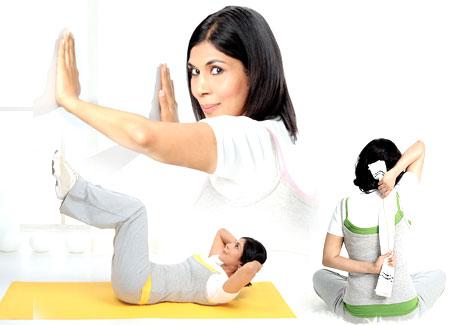


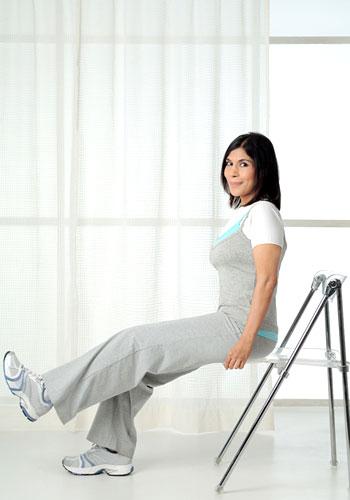

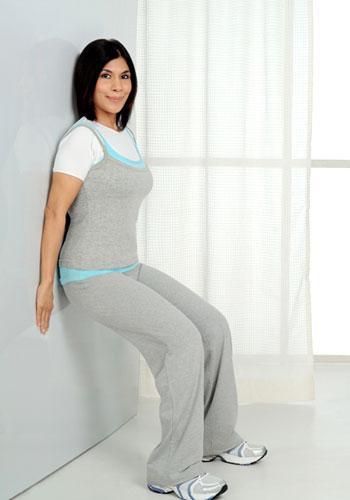

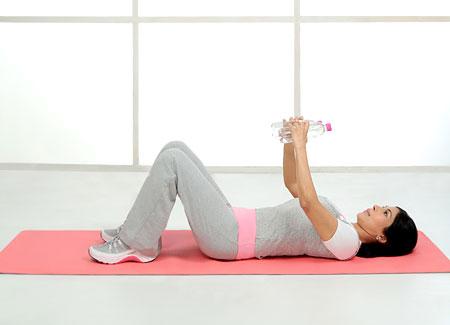
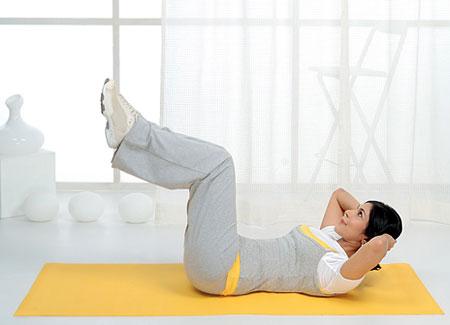
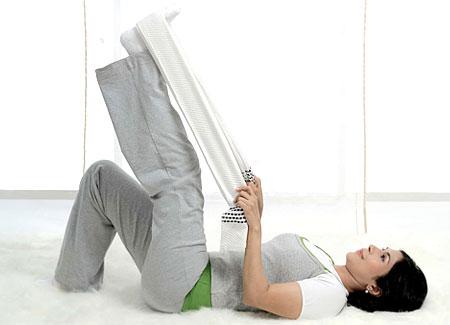
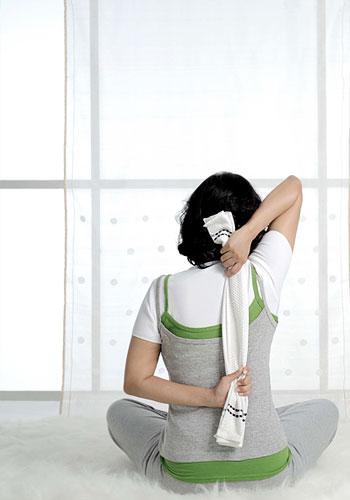
Comment
article